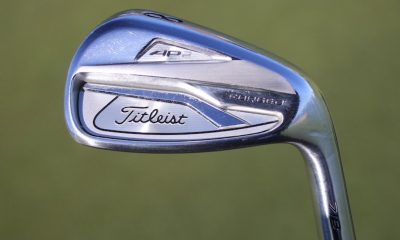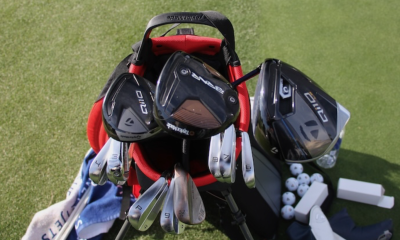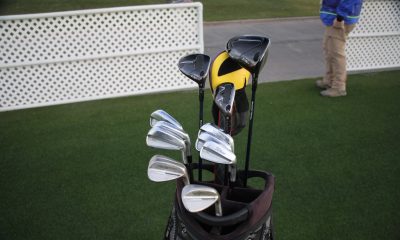Club Junkie
PXG 0211 woods review: The best value in golf?
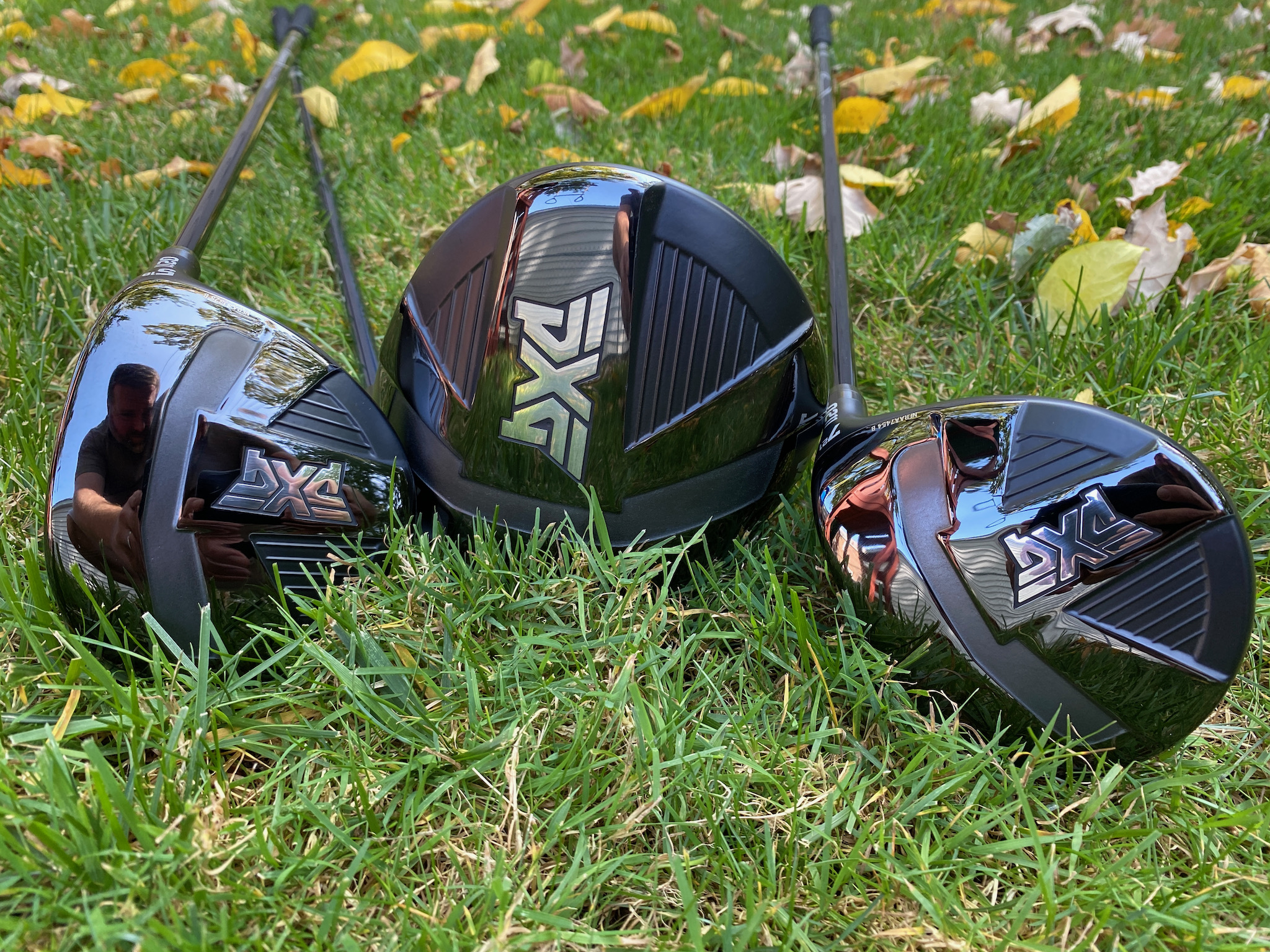
PXG’s line of 0211 woods and irons were engineered for golfers who want easy to hit clubs that have the latest technology but won’t empty their wallet. With the new 0211 line introduced this year PXG has gone even farther to incorporate everything they learned and engineer the best budget line they could. I have played a good amount with PXG’s flagship 0311 woods and irons so I wasn’t going into this review expecting a whole lot from the cheaper options, but I was wrong. These might be one of the best values in golf! To hear my full review, listen to the Club Junkie podcast below or on your favorite podcast platform. Just search GolfWRX Radio.
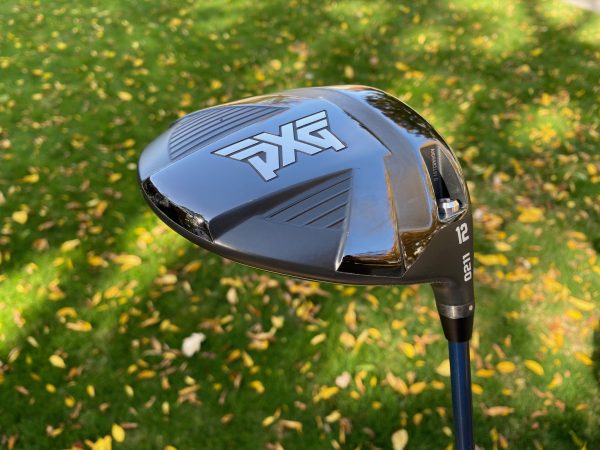
The new PXG 0211 driver has a price that is utterly shocking, $219 as of writing this review. I took the driver and 7-wood out to the range to compare to my 0311 XF Gen5 flagship woods and wasn’t expecting much of a comparison. I think the looks on the 0211 are pretty clean and simple with the satin black paint, silver line around the perimeter, and silver X alignment aid. The shape has the full PXG DNA with the rounded back but it does have a little deeper face than the 0311 XF.
For a 12-degree head, yes I need a little loft, you don’t see as much of the face as you think you would. I think the dark crown blends very well with the black face and you don’t feel like you are hitting a driver with such high loft. The sound is great and I actually prefer it over the 0311 XF. A more muted and lower pitched sound comes at impact, less of the ting you get from the 0311 XF. Now the face is responsive and you can tell when you miss the center of the face, but the 0311 XF does let you feel the ball compress a little more as it contacts the face.
The launch of the 0211 is higher than the 0311 XF and you notice it right away when you watch the flight. My launch monitor showed an increase of 1.3 degrees compared to the same lofted and shafted 0311 XF driver and I think that is a conservative number. The first two shots with the 0311 XF were high and right, but hit well so I didn’t delete them as outliers. If those two shots were removed I think I would have seen closer to 2 degrees of launch difference. Dispersion is very tight and the 0211 was very forgiving on mishits. The 0211 hits a very straight ball but I can see a little more left bias in it compared to the 0311 XF.
Now to be fair my 0311 XF has movable weights that are set out in the toe for maximum fade but both drivers are set to the -1 degrees of loft and flat setting on the hosel. The 0211 didn’t hit big draws but the starting line of the shots were a little more left. The 0211 was pretty low spin as well and only a few hundred RPM more than the 0311 XF while the ball speed difference was only about .5mph difference in favor of the 0211.
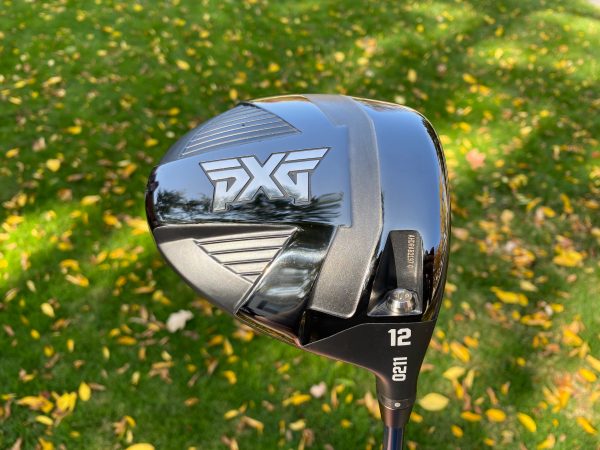
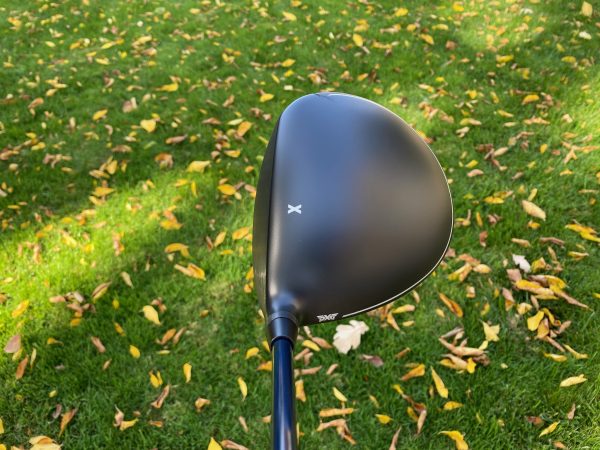
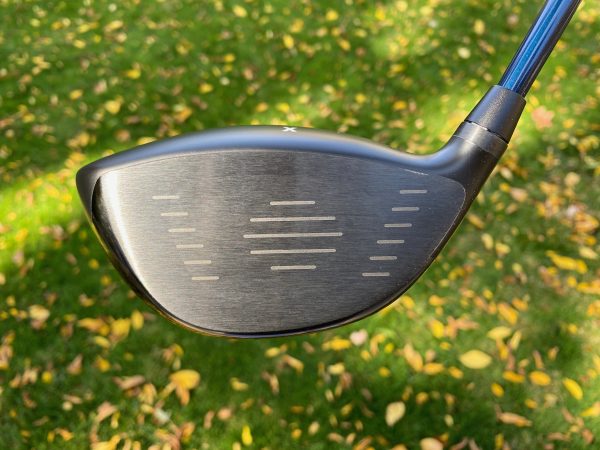
The 7 wood was a lot of the same that I saw in the driver. Launch was effortless and higher than the 0311 XF, but to be fair my 0311 XF 7 wood does have a heavier and stiffer shaft in it. Now the interesting thing is the loft on the 0211 7 wood is 21 degrees and my 0311 XF gamer is a 22-degree head that I have turned down 1* and set flat. There is no adjustable hosel in the 0211 but even without lowering the loft the head looks to set square when you put it down on the turf. Just like the driver, the 0211 ball flight had a little more left in it and shots started off more left with a little draw to them.
The launch was about 1.5 degrees more with the 0211 and again very noticeable when watching the ball sail down the range. Ball speed was actually a little faster with the 0211, by about 1.5mph and spin about 250RPM more compared to the 0311 XF. Now I still hit the gamer 0311 XF a little farther but I think a lot of that comes down to hitting it a little lower and flatter. If you are thinking about trying a 7-wood the $169 price makes it a much easier decision without having to search for a much older model.
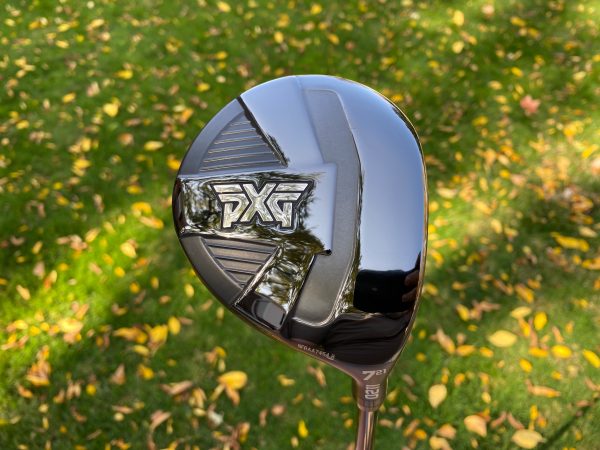
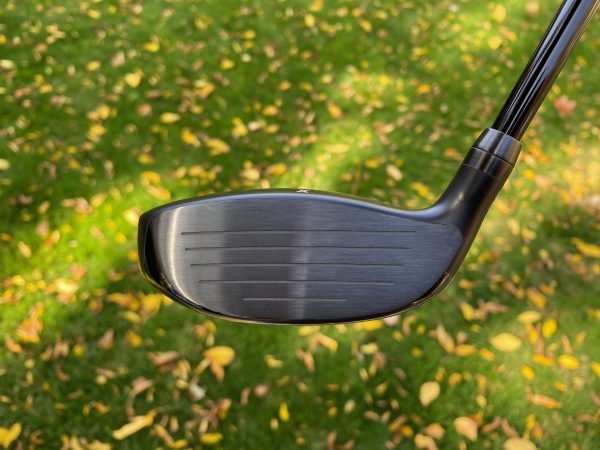
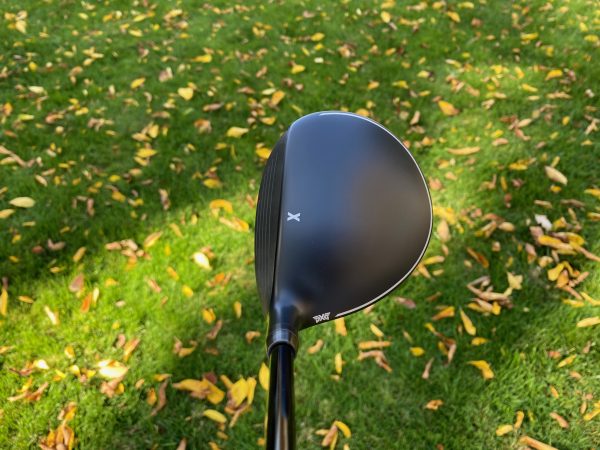
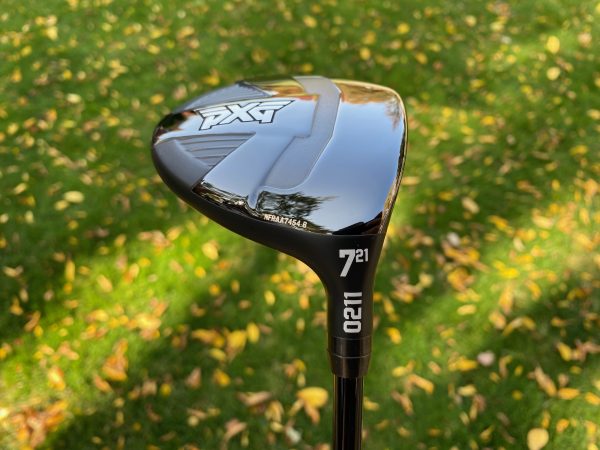
Overall the performance of the PXG 0211 woods is really darn good, even if you don’t consider the price. I think this line of woods will compete with many of the larger or more flagship models from any brand. You can add a driver, fairway, and hybrid to your bag and still be under the price of the big drivers on the market. PXG definitely didn’t skimp on the performance when they designed these woods and golfers are only going to benefit from the value.
- LIKE62
- LEGIT9
- WOW6
- LOL3
- IDHT0
- FLOP0
- OB0
- SHANK1
Club Junkie
Club Junkie Review: Cobra’s new King Tour irons
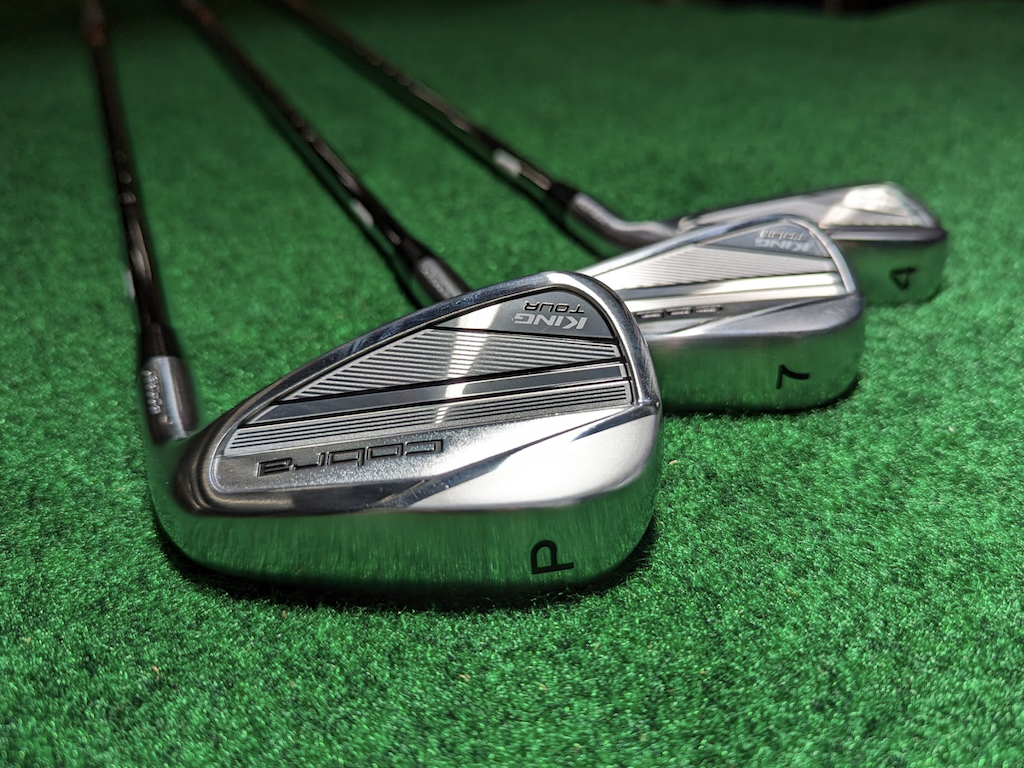
The Cobra King Tour irons have been proven on the PGA Tour already and will be in bags of better amateur players this year. The previous King Tour MIM irons were very underrated and offered great precision with a solid shape that many players liked. Cobra went away from the Metal Injection Molded construction and went with a five-step forging process for soft and solid feel.
Make sure to check out the full podcast review at the links below and search GolfWRX Radio on every podcast platform.
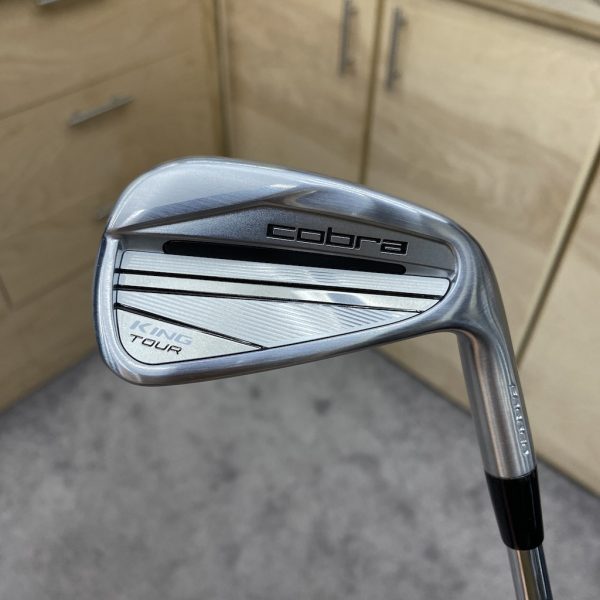
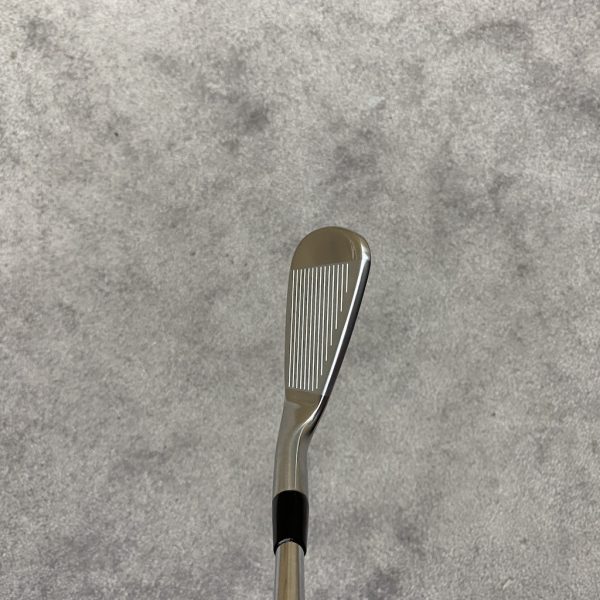
I was a big fan of the previous Tour MIM irons and played them in rotation throughout the last two years. Out of the box, I was impressed with the more simple and clean look of the badging on the new King Tour. Badging is mostly silver with just small black accents that should appeal to even the pickiest golfers. I didn’t notice the shorter blade length in the new irons but did notice that the leading edge is just slightly more rounded. Topline is thin, but not razor thin, but still has enough there to give you the confidence that you don’t have to hit it on the dead center every shot.
Feel is solid and soft with just a slight click to the thud on well struck shots while mishits are met with a little more sound and vibration to the hands.
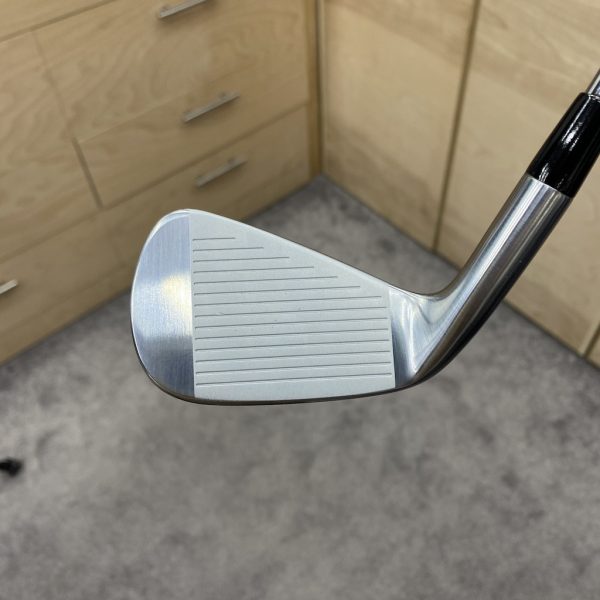
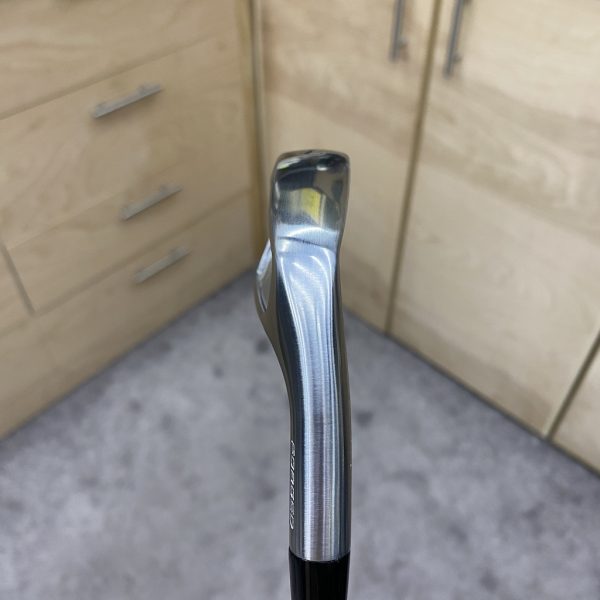
These King Tour irons are built to be cannons and place more emphasis on consistent and precise shots. I also felt like the new irons launch easily and maybe a touch higher than some irons in the same category.
My launch monitor showed my 7 iron with an average launch angle of 22 degrees and spin right around 5,800 with a Project X LZ 6.0 stock shaft. Ball speed isn’t the ultimate focus of this iron but it did well with an average around 108mph and the iron was able to keep the speed up well when you didn’t strike the center. You will still see a drop off in speed and distance when you miss the center, but you don’t have to be Navy SEAL sniper accurate on the face to achieve a good shot. Dispersion was very tight, and while there are bigger irons with more forgiveness, this players cavity still allows good playability when you aren’t bringing your A-plus game to the course.
Cobra lists the King Tour as an iron for a Tour level player up to a 7 handicap and I think this iron could see the bags of more golfers than that. I am a 9.4 handicap, and I felt more than comfortable playing this iron even on less than perfect days.
- LIKE14
- LEGIT4
- WOW2
- LOL0
- IDHT0
- FLOP0
- OB0
- SHANK0
Club Junkie
Club Junkie Review: TaylorMade Stealth 2 drivers
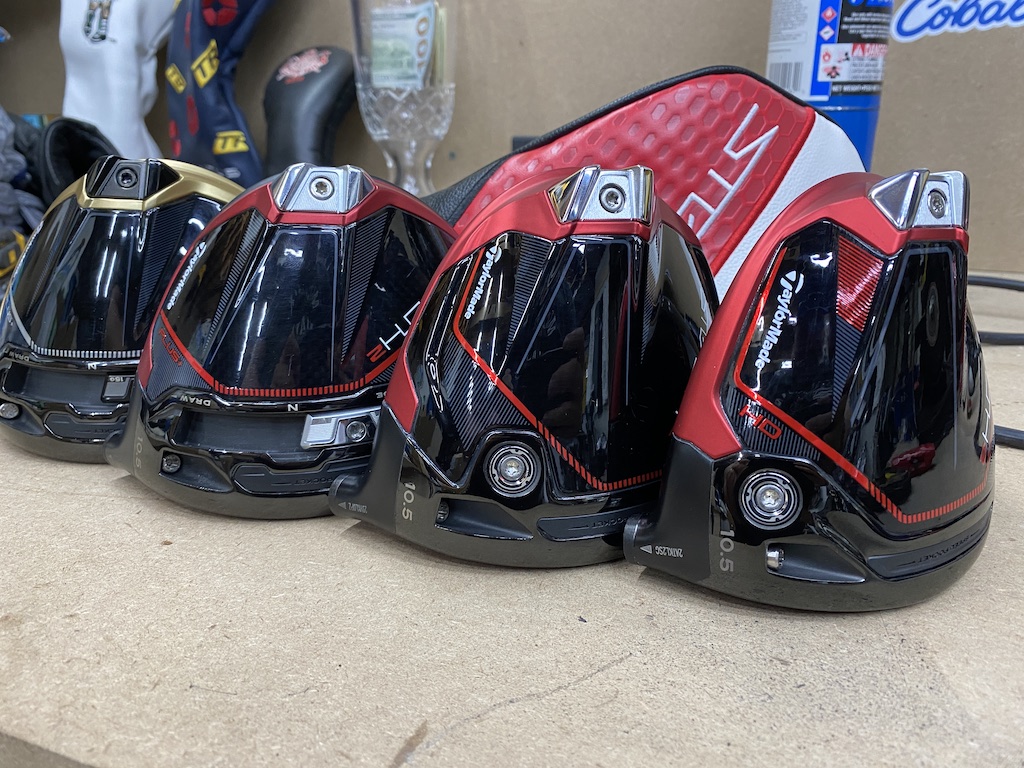
The TaylorMade Stealth 2 drivers still have red carbon faces, but that isn’t the only carbon fiber in the head. The heads now only have titanium to support the face and connect the shaft. The rest of the driver head is made from carbon fiber and carbon composite. This allows the talented TaylorMade engineers to move more weight around and add more forgiveness to a very long driver.
Like last year there are three flavors to cover every driver need: Stealth 2, Stealth 2 Plus, and the Stealth 2 HD.
For a more detailed review, please take a listen to the Club Junkie below or on any podcast platform. Just search GolfWRX Radio.
Stealth 2 Plus
I typically like the bigger and more forgiving drivers, but this ended up being the one I hit the best. My miss is a low-left hook that comes from some swing flaws, and it was a shot I saw too many times with last year’s Stealth. My first time on the range, I noticed that shot would actually launch a little higher, stay in the air better, and not go as hard left.
The Plus might be the lowest-launching of the three, but it is still easy to elevate off the tee and produces flat, boring drives. I averaged a launch of 11.1 degrees in a 10.5-degree head with a Fujikura Ventus TR Red shaft. Spin was also the lowest and averaged 2,874 RPM, but the bigger part of that number is how the spin variation from center strikes to off center is very low. Only a few hundred RPM separated the highest and lowest spinning shots.
The Plus also offered the least draw out of the group with a very straight ball flight and even a few shots that went a hair to the right.
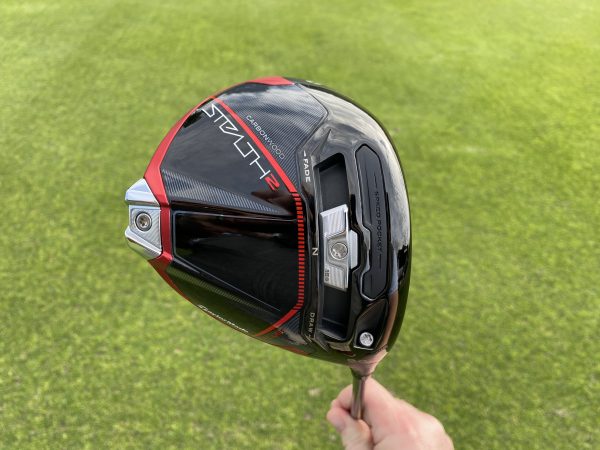
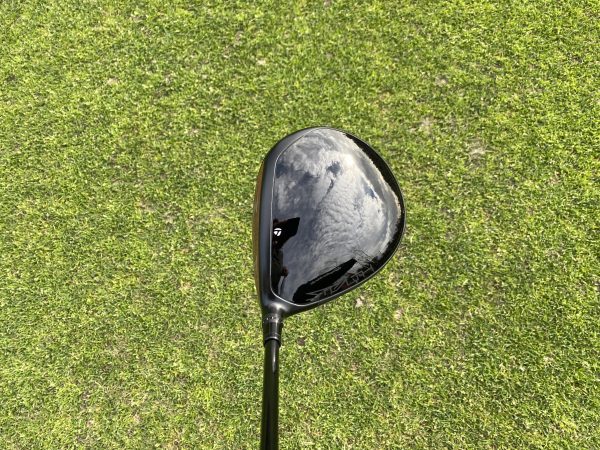
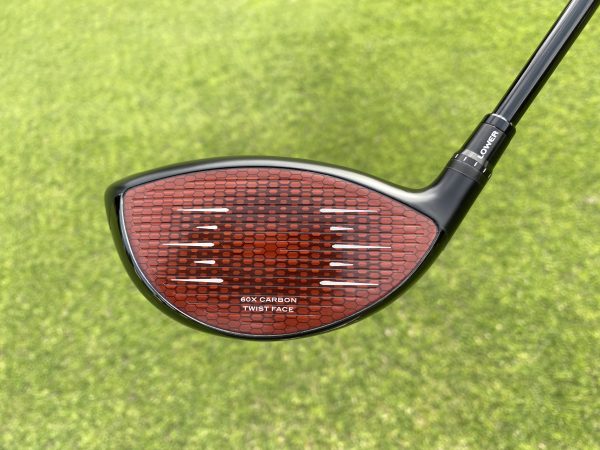
Stealth 2
This the bread-and-butter driver option offering hefty amounts of forgiveness and is easy to launch while offering low spin. This is the model that should launch and spin in-between the other two, but it actually ended up being the lowest launching for me. It wasn’t by much, but I had an average launch of 10.2 degrees with a 10.5-degree head and the same shaft as the Stealth 2 Plus. The spin was a little higher but only by a very small margin, as I averaged 2,917 RPMs.
For most players the nice thing about the Stealth 2 is that it seems a little easier to square up and turn over at impact. I saw a little more draw in the shots and the starting line was more straight to just slightly left. Like the Plus, I was pleased with the face that my miss off the high toe launched a little higher and stayed in the air a bit longer for a more playable shot.
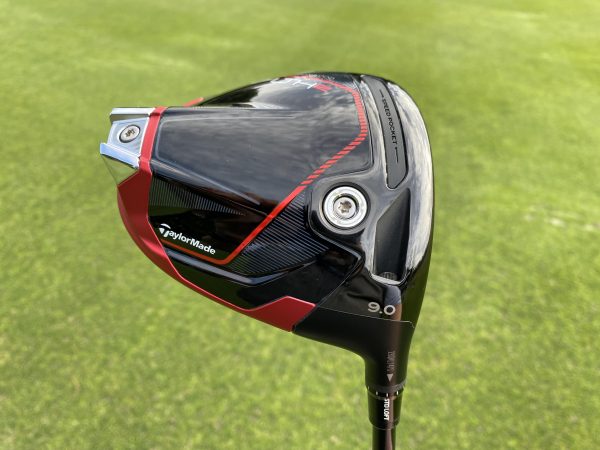
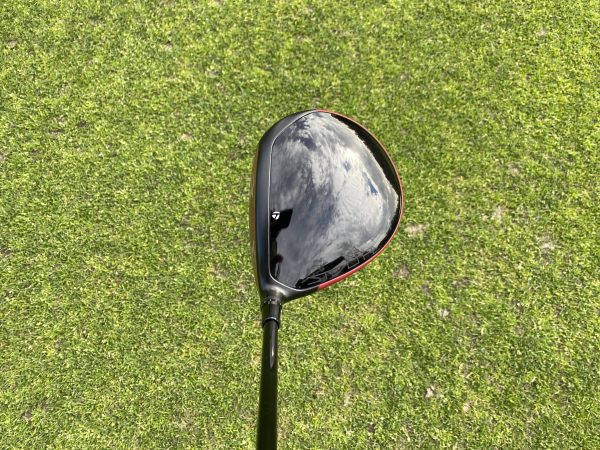
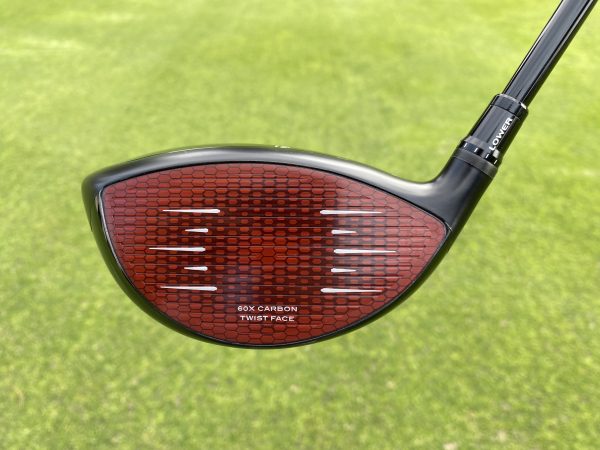
Stealth 2 HD
I was actually the most excited to try this head because of how it looks. Most higher launching, draw-bias drivers sit very closed, and I don’t love that look. First time I set the HD down I was impressed that it looked square and a little larger, mostly from the visible red Carbon Composite Ring around the back. The HD also has a slightly shorter hosel that makes the driver play 1/4 inch shorter than the other two.
The HD did launch the highest at 11.5 degrees and spun the most, 3,105 RPM, out of the three Stealth 2 models. Those numbers still don’t sound like a high launching, spinny driver to me. The HD was the easiest of the Stealth models to turn over and really took away any shots to the right and any fade that I could have hit with the Plus. Off-center hits held up with solid ball speed and the added forgiveness in the head kept most shots online.
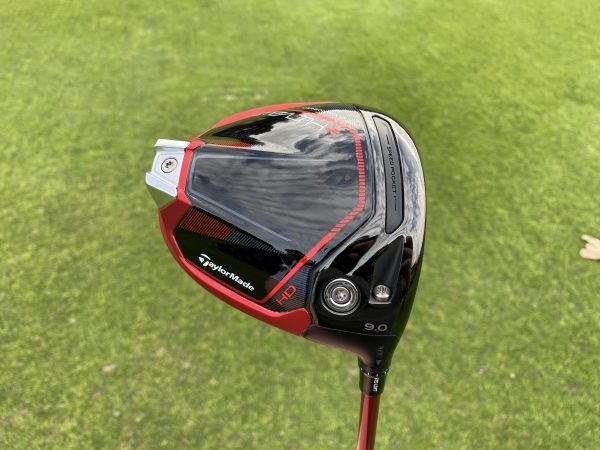
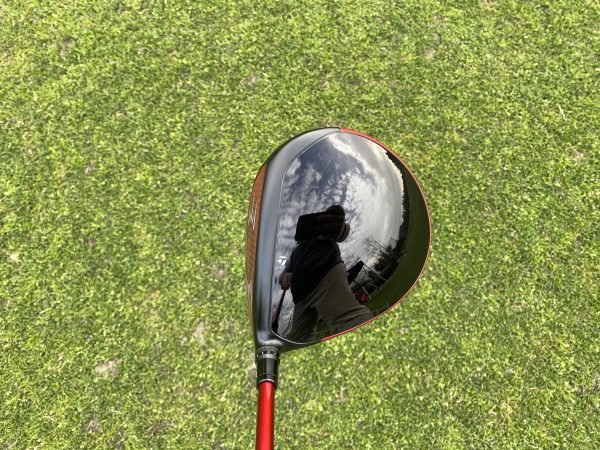
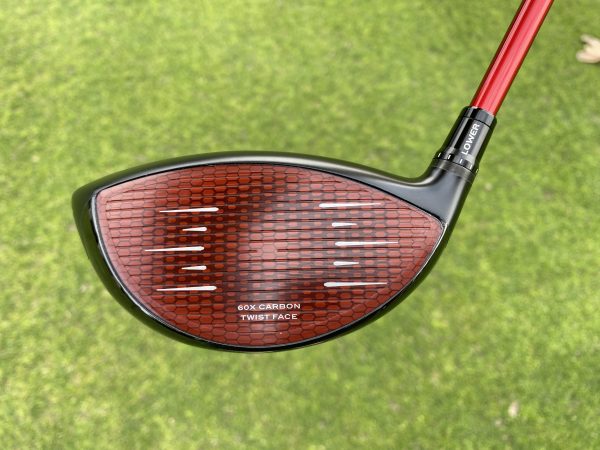
TaylorMade’s Stealth 2 line of drivers mixes distance with added forgiveness this year to really help golfers of all levels. Each model can cover a wide array of golfer abilities and the better players will still like the confident look from address. If you are looking to add a new driver to your bag this year, the Stealth 2 line is worth swinging.
- LIKE18
- LEGIT0
- WOW4
- LOL2
- IDHT0
- FLOP2
- OB1
- SHANK2
Club Junkie
Club Junkie Review: Vega Golf VDC and Mizar Tour irons
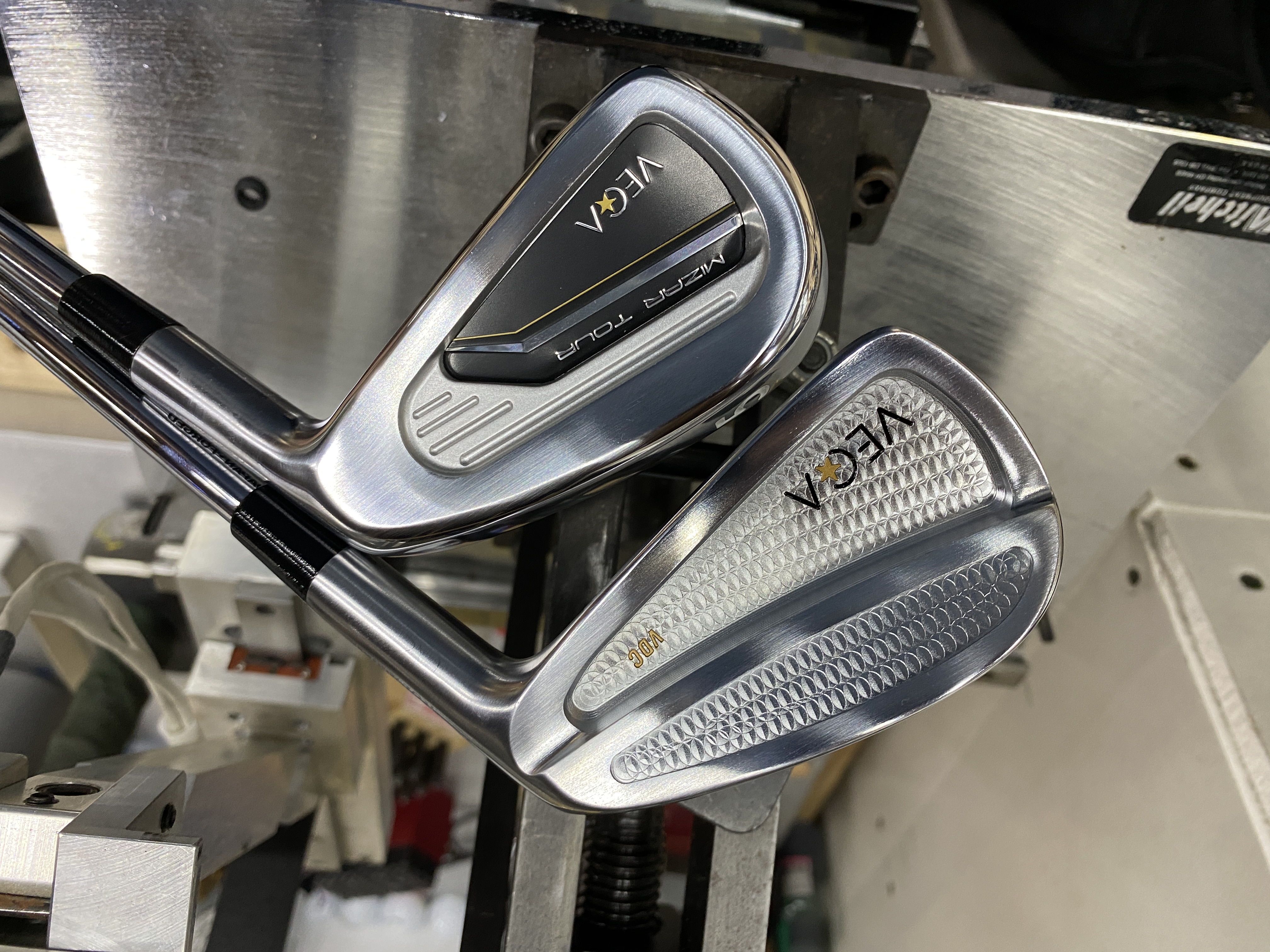
You may not have heard of Vega Golf, but the company has been making golf clubs for quite some time in Japan. Vega is known for their expertise in forging metal and the great feel their irons offer. This week I get to talk about different irons in their lineup and how they performed for me. For a more detailed review, please take a listen to the Club Junkie below or on any podcast platform. Just search GolfWRX Radio.
Star Line: Mizar Tour
The Mizar Tour is a compact players distance iron that is packed with technology. Wheres a lot of multi-piece irons just have a forged face, the entire body of the Mizar Tour is forged from S25c steel. The face is crafted from a high strength maraging steel and only 3.5mm thick for added ball speed.
Out of the box, the Mizar Tour look good with a lightly satin chrome finish and small black badge in the cavity. The irons look compact, with a thin sole, and you would not think it is made from multiple pieces. If you are a fan of less offset, the Mizar Tour is going to fit your eye really well as even the long irons have almost none. These irons might have the lest amount of offset I have seen in a retail iron that isn’t a blade. The shape is a little softer and more rounded than the VDC irons.
Hitting balls with the Mizar Tour is really pleasant, and as you would think, you get a very soft feel upon impact. Even off center shots have a good feel to them but with a little added vibration for feedback. The ball flight is mid/high and the irons are easy to launch off the turf. The long irons, like the 4, are a little intimidating because of the compact look and almost no offset. The longer irons are still pretty easy to launch and much more playable than you would expect.
The nice thing about the Mizar Tour is that when you miss that thin face allows you to still get minimal drop off in distance. Shots also stayed online better than I expected with these irons. Heel strikes and shots low on the face carried very well and online where you noticed a little more distance loss when you struck the ball on the toe. I love the players distance irons that allow players like myself to play a more compact iron without sacrificing performance.
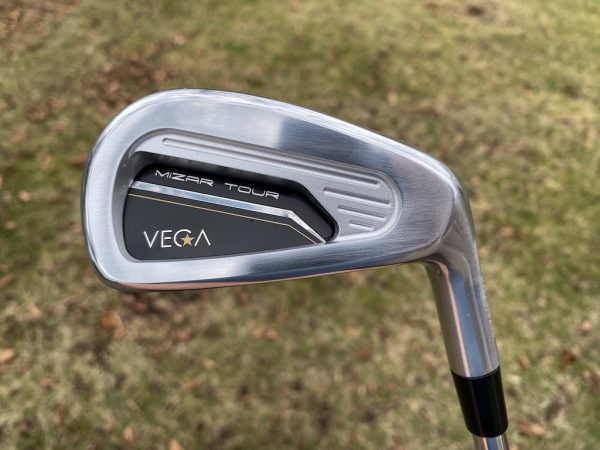
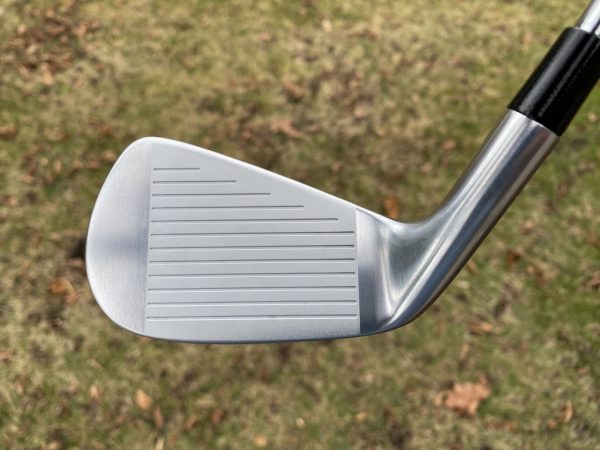
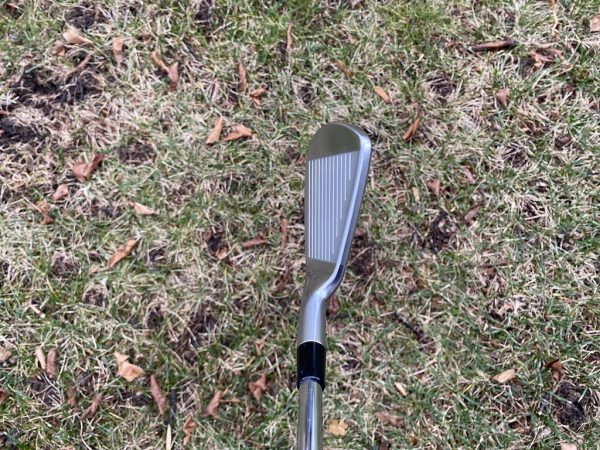
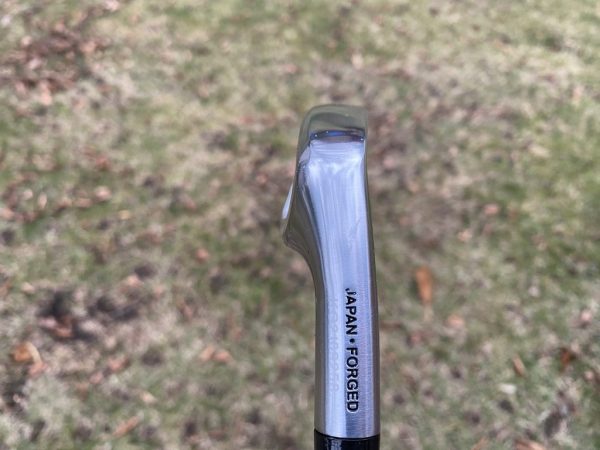
Classic Line: VDC
The VDC shows off its fantastic milling work on the back side with dual cavities that allow Vega to adjust the CG higher on the irons for the perfect players cavity set. The irons look great with a slightly more square toe and edgier look to them than the Mizar line. The blade length is a little longer from heel to toe while still giving a traditional compact look. Faces on all the irons are micro-milled as well for precision shots and distance control. The sole is narrow and has a pre-worn leading edge for improved turf interaction. These irons again have very little offset, with maybe just a hair more than the Mizar set. Overall the shape is very proportionate and discerning players should be confident standing over them.
Feel on the VDC irons is wildly soft, making two-piece range balls feel soft. Shots struck in the center are met with a solid “thud” sound and that feeling of did you even make contact with the ball. While the face didn’t give you the sense of ball exploding off the face, the VDC provided solid distance and an ability to work the ball in any direction. The ball flight was more mid launching with a noticeably flatter trajectory than the Mizar.
If you are a player that likes to shape shots, the VDC will allow you to not only go right and left, but also allow you to pick your trajectory and really dial in those touch shots. The VDC is a little more demanding when it comes to forgiveness, and you will notice more of a distance drop off when you get away from the center of the face. The shots hit near the heel kept that solid and soft feel where the shots out on the toe and low are met with a little added vibration and click. Nothing is harsh, even in the cold weather I was hitting in and that responsiveness should help those feel players.
The VDC is a high-end players cavity iron set that offers great, soft feel that you would expect with precision shot making.
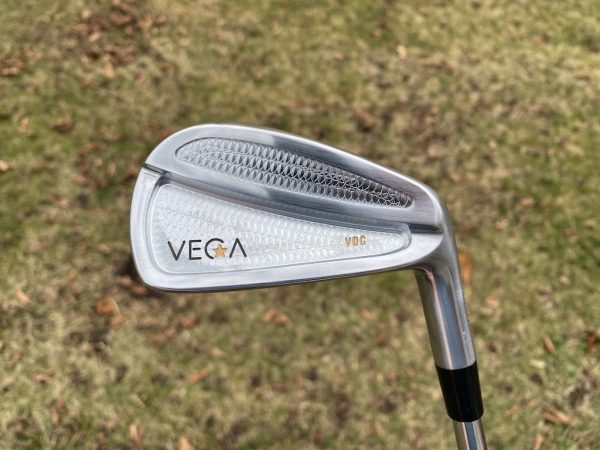
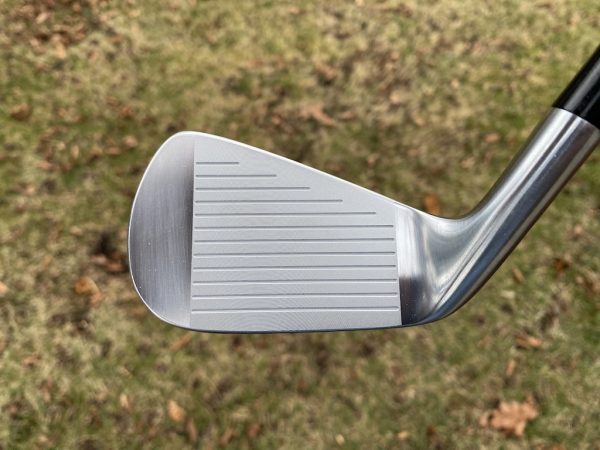
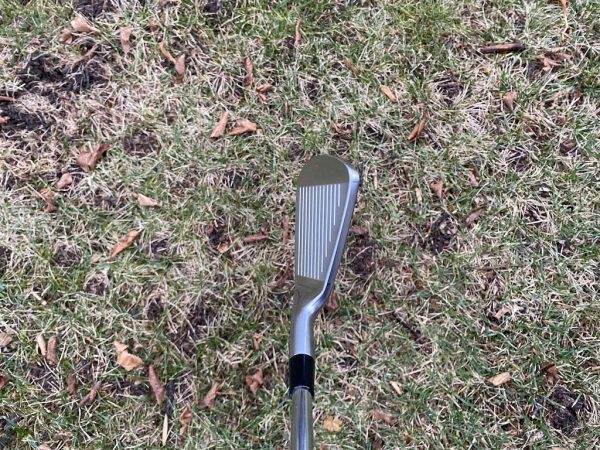
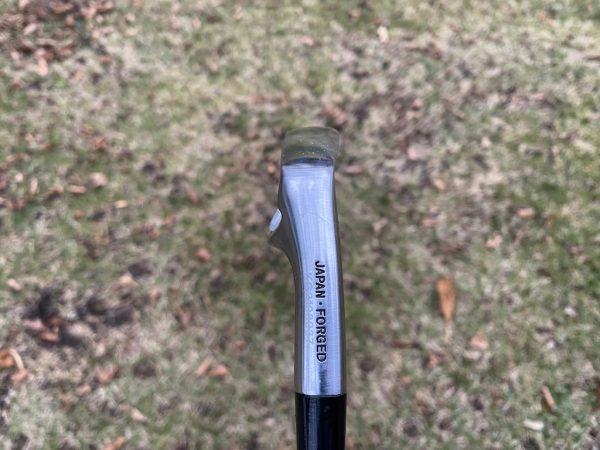
Overall, the Vega line of irons are high performance and great feeling. You can go down the Classic Line for traditional shapes and buttery soft feel or take the Star Line for technology packed irons with added firepower. Either way you go, there is probably a Vega iron that fits your game.
- LIKE18
- LEGIT6
- WOW10
- LOL2
- IDHT0
- FLOP1
- OB1
- SHANK4
-

 Accessory Reviews6 days ago
Accessory Reviews6 days agoInsider photos from Tiger Woods’ launch event for his new “Sun Day Red” apparel line
-

 19th Hole1 week ago
19th Hole1 week agoBrandel Chamblee outlines what his tough road back to PGA Tour would look like for LIV pros
-
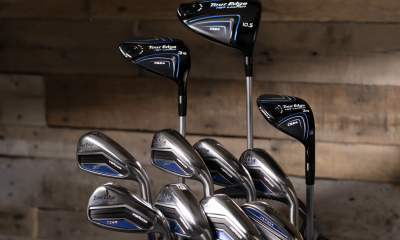
 Equipment2 weeks ago
Equipment2 weeks agoTour Edge unveils new Hot Launch 524 Series of golf clubs
-
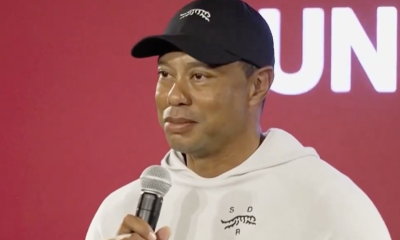
 19th Hole6 days ago
19th Hole6 days agoTiger Woods opts for veteran caddie to loop for him this week at Riviera
-
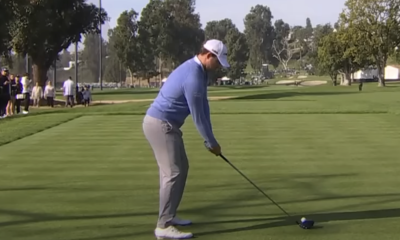
 19th Hole3 days ago
19th Hole3 days ago6-time Euro Tour champ says Patrick Cantlay ‘should be nailed with a huge fine’ over Genesis incident
-
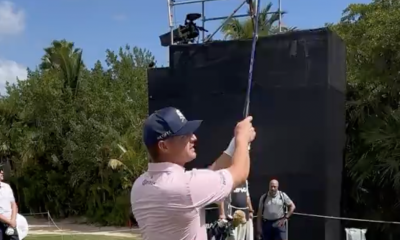
 19th Hole2 weeks ago
19th Hole2 weeks agoBryson DeChambeau using irons from unique brand that offers clubs that nobody else does
-

 19th Hole4 days ago
19th Hole4 days agoReport: LIV star prepared to quit breakaway tour ‘if Yasir gets stingy’ in impending contract talks
-

 19th Hole2 weeks ago
19th Hole2 weeks ago2-time major champ signs multi-year deal with Callaway Golf











